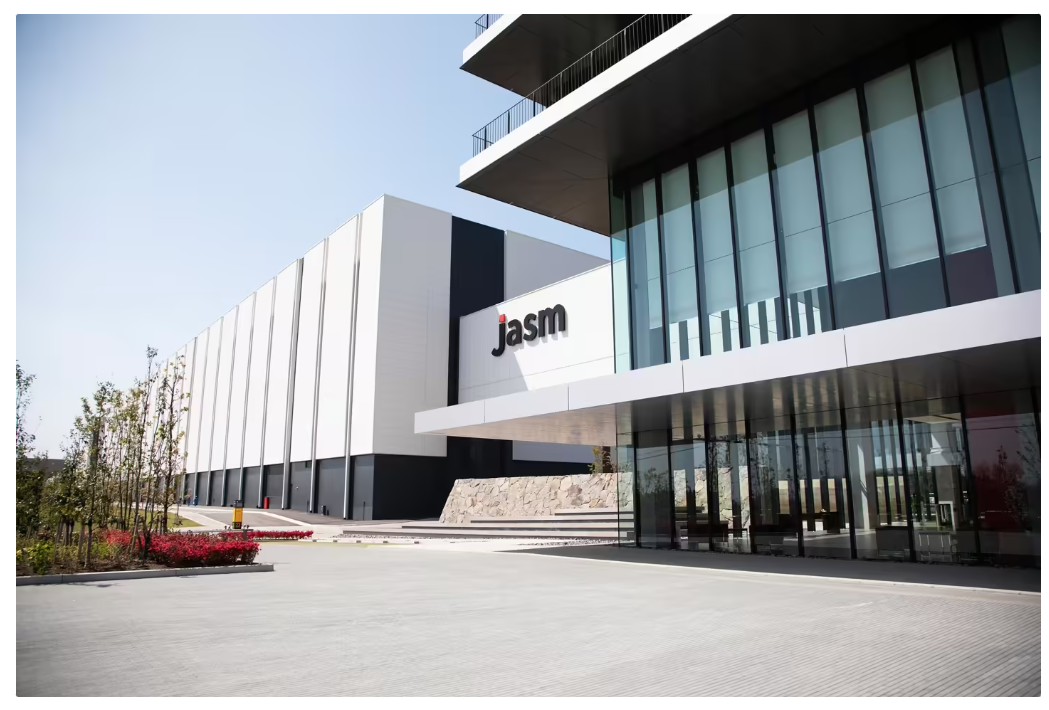发布时间:2011-06-8 阅读量:1361 来源: 我爱方案网 作者:
中心议题:
*超薄低能耗笔记本电脑
*英特尔挑战领先平板电脑
由于在高端平板电脑领域的缺陷,英特尔采取了另一种途径---降低笔记本电脑的能耗并缩小其尺寸。在Computex 台北展上,英特尔将描述该款超薄低能耗的笔记本电脑。
该款Ultrabook笔记本正在生产中。Ultrabook厚度为20毫米,将采用32纳米Sandy Bridge处理器,价格会低于1000美元。而华硕公司也表示,其UX21型Ultrabook也将在今年年底前上市。
华硕董事长Jonney Shih在Computex展上针对英特尔的新款笔记本发言时指出,“我们的产品和英特尔的Ultrabook非常类似。将PC转变为超薄、超快速设备将改变人们使用PC的方式。”
将于今年后期推出的Sandy Bridge芯片,将会是英特尔首款将X86处理器和显卡放置在同一芯片的设备。Archrival Advanced Micro Devices也有类似的部件。
采用超薄、低能耗的集成式处理器的笔记本电脑已经出现了很多年。英特尔公司也将通过研发新的处理器来挑战极限。
当领先平板电脑厂商如苹果的iPad、摩托罗拉的Xoom、三星的Galaxy Tab以及RIM的Playbook都采用ARM设计的芯片时,英特尔就开始研发新的平板电脑。英特尔于去年设立了一个新的笔记本和平板电脑部门;但是至今该部门仅获得了一些二级平板电脑Design Wins。
英特尔的Ultrabook概念显示了该公司在落后于市场趋势的不利局面下,挑战领先平板电脑厂商的勇气。
Ultrabook产品路线图
英特尔将在2012年发布采用利用了“Tri-gate”晶体管22纳米处理器技术的下一代Ivy Bridge处理器。这种3D晶体管将提供低功耗性能;但是英特尔尚未透露任何消息。
英特尔公司预计,到2012年底,Ultrabooks将占领40%的消费电脑市场。
设计Ultrabooks的第三步就是于2013年推出采用新式微结构的22纳米芯片第二代芯片Haswell。英特尔将其笔记本电脑设计点从目前的30-40W降低至10-20W。
英特尔在最近的分析会议上宣布了其产品路线图的变更,但是没有说明就是Haswell的设计。这种设计将会和第一代奔腾处理器以及用于Centrino笔记本平台的Banias设计一样重要。
Ultrabooks是为微软公司和Apple的MacOS而设计的。英特尔并没有可以使用Google的Android系统。英特尔移动平台事业部总经理Erik Reid指出,“如果客户有要求,那么我们将会采用Android操作系统。”
英特尔中国区总经理Sean Maloney指出,“我们相信,英特尔此次做出的产品路线图变更,加上行业更紧密的合作,将在未来几年为个人电脑带来可喜的变化。”
Maloney在Computex上发表Ultrabook主题演讲,这是他自从2010年中风后的第一次公开演讲。他还将就USB 3.0和Thunderbolt技术发表演讲。
英特尔还将在Computex上展出其智能手机和平板电脑参考设计方案。该智能手机将使用Android的Gingerbread版操作系统;而平板电脑将采用Honeycomb版操作系统。
英特尔Medfield系统的开发工作至今还未取得任何一级Design win。该公司大部分精力都集中在诺基亚手机系统;但诺基亚新任董事长宣布放弃Medfield系统而转向微软的Windows Phone 7。
英特尔还将在Computex上展出多达10款平板电脑设计;这些设计都利用了45纳米的双芯片Atom平台---Oak Trail。同时还有第三代Atom平台---Cedar Trail;该平台是在Apple的iPad问世之后出现的,之后在市场上引起了轰动。(翻译:Oscar)
附原文:
Still lacking a design win in a top tier tablet, Intel is taking another approach—pushing down the power and size of notebook computers. Meet the Ultrabook, a slim, low power laptop Intel will describe this week at theComputex trade show in Taiwan.
The Ultrabook is a work in progress. Early versions will arrive in cases just 20mm thick and price points under $1,000 using versions of Intel 32nm Sandy Bridge processor later this year. AsusTek will be among the companies to ship the systems with its UX21 debuting before the end of the year.
“We are very much aligned with Intel’s vision of the Ultrabook,” Jonney Shih, chairman of Asus will say in scripted comments at an Intel keynote at Computex. ”Transforming the PC into an ultra thin, ultra responsive device will change the way people interact with their PC,“ Shih said.
The Sandy Bridge chips, shipping later this year, will be Intel‘s first to put an x86 and graphics core on the same die, sharing cache memory over a ring bus. Archrival Advanced Micro Devices is sampling similar parts.
Ultrathin, low power laptops running integrated processors have been around for years. Intel aims to push the envelope on the concept with new processors dedicated to such systems.
The move comes at a time when leading tablets such as the Apple iPad, Motorola Xoom, Samsung Galaxy Tab and RIM Playbook all have adopted ARM-based chips. Intel launched a new netbook and tablet division last year, but to date it has only garnered a handful of second tier tablet design wins.
The Ultrabook concept shows both Intel’s frustration at falling behind market trends and gives a gutsy ”bring it on“ call to leading tablet makers. Recently, Intel refocused its road map toward mobile systems for both its Core and Atom chips in an effort to catch up.
The Ultrabook road map
In 2012, Intel will ship versions of its next-generation Ivy Bridge processors for notebooks using its recently announced 22nm process technology with tri-gate transistors. The 3-D transistors will provide significant Mips/Watt gains and sport new chip- or system-level features Intel has promised, but not yet disclosed.
By the end of 2012, as many as 40 percent of shipping consumer portable PCs will be Ultrabooks, Intel predicts.
A third step toward Ultrabooks will come in 2013 when Intel ships Haswell, a second-generation of 22nm chips using a new micro architecture. With Haswell, Intel will shift its notebook design point from the current 30-40W operating target range down to about 10-20W.
Intel announced the road map change at its recent analyst conference, but did not specifically tie it to the Haswell designs. It day say the design shift will be as significant as the first Pentium or the low power Banias design used in its Centrino notebook platform.
Ultrabooks are designed for Microsoft Windows and Apple‘s MacOS. Intel is not actively working on running Google’s Android on the systems. ”We‘ll look at Android if our customers ask for it,“ said Erik Reid, general manager of mobile client platforms at Intel. ”
We believe the changes Intel is making to its roadmaps, together with strong industry collaboration, will bring about an exciting change in personal computing over the next few years,“ said Sean Maloney, Intel’s new general manager for China.
Maloney is introducing the Ultrabook concept in a keynote at Computex, his first public address since he suffered a stroke in 2010. He will also make the case that USB 3.0 and Thunderbolt, both emerging in PCs now, are complementary I/O technologies.
Also at Computex, Intel will show smartphone and tablet reference designs for its 32nm Medfield, a single-chip Atom-based SoC. The smartphone will run the Gingerbread version of Android and the tablet will run the Honeycomb version, still being ported to the x86.
So far, Intel has also failed to gain any tier-one design wins for Medfield. It focused most of its attention on Nokia, but the company‘s new chief executive dropped Medfield to embrace Microsoft’s Windows Phone 7.
Intel also will show at Computex as many as ten tablet designs using Oak Trail (Z670), a two-chip Atom platform using 45nm technology. It will also talk about Cedar Trail, its next Atom-based platform for netbooks, a concept that surged then quickly peaked in the market after the Apple iPad was introduced.

近日,日产汽车和总部位于英国的自动驾驶初创公司Wayve签署协议,合作开发基于人工智能的驾驶辅助系统。

京东开启招聘存算一体芯片设计工程师计划,薪酬高达“40K-100K*20薪”

日本芯片制造商铠侠(Kioxia)计划于2026年在其岩手县晶圆厂开始生产新一代NAND闪存芯片。

一系列诉讼指控芯片制造商英特尔、AMD及德州仪器公司,未能有效阻止其技术被用于俄罗斯制造的武器。

台积电日本子公司JASM熊本第二晶圆厂在 10 月下旬启动后近期处于暂停状态,重型设备已撤出工地